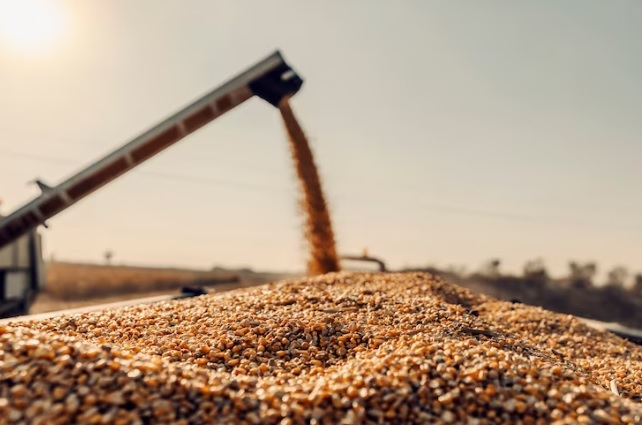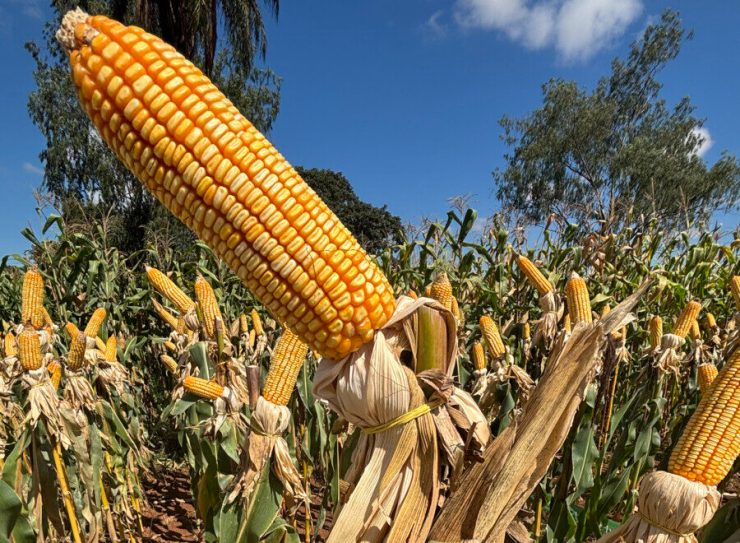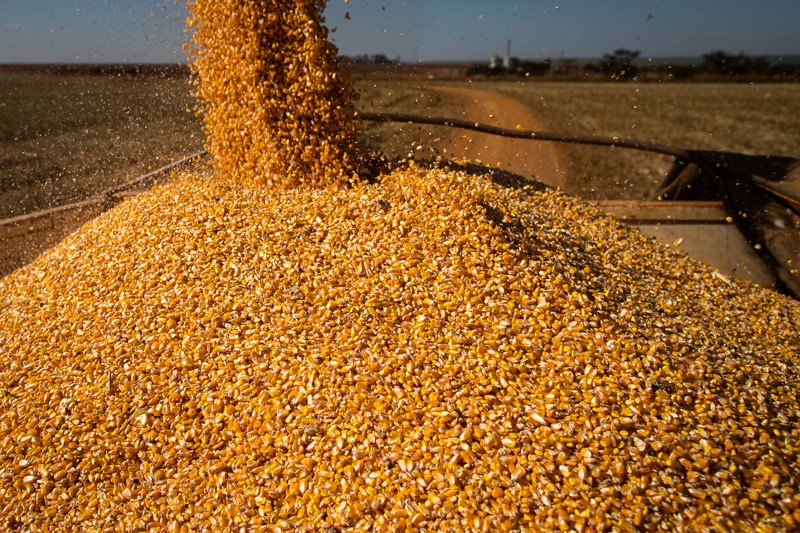Preliminary projections of the origin-destination matrix made available by the Ministry of Transportation in the public consultation for the National Logistics Plan indicate that, by 2050, agricultural production in the Legal Amazon will experience a significant increase. According to this data, soybean production is expected to increase from 50 million tons in 2025 to 95 million tons in 2050, while corn production is expected to more than triple, from 47 million to 133 million tons. In practice, this means that, by 2050, 38% of production from the Legal Amazon could be corn and 27% would be soybeans, excluding iron ore, putting pressure on the expansion of transportation projects to meet this demand.
The data was presented by the executive director of the Institute of Energy and Environment (IEMA), André Ferreira, during the lecture “Transportation Infrastructure in and for the Amazon: Challenges of the National Logistics Plan 2050 and South American Integration Routes“, held at the 21st National Symposium on Public Works Auditing (SINAOP), on the 19th, in Manaus (AM).
In his speech, IEMA's executive director provided a comprehensive analysis of Brazil's National Logistics Plan (PNL 2050). Ferreira noted that, for the first time, in the National Logistics Plan 2050, the Ministry of Transportation is developing an open plan with social participation and is committed to including technical and socio-environmental criteria from the initial planning stages. While promising, the PNL 2050 will need to overcome some challenges observed in previous plans, characterized by "a lack of transparency in project selection criteria, a lack of analysis of alternatives, and a failure to consider social and environmental risks," he said.
Ferreira emphasized the importance of considering the projected expansion of production in the Amazon and regional needs in an integrated manner with other sectoral plans, especially the Action Plan for the Prevention and Control of Deforestation in the Legal Amazon (PPCDAm). Axis 1 of the PPCDAm establishes that the bioeconomy is strategic for maintaining the forest and that its strengthening depends on adequate transportation and other infrastructure. Objective 11 seeks to "align the planning of large-scale infrastructure projects and enterprises with national deforestation reduction targets."
For the director, it is necessary to break the historical logic that determined the development of transport infrastructure projects in the Legal Amazon, which prioritized only the flow of commodities agricultural and mineral resources for export and virtually disregarded local needs. In this sense, it is urgent to align public policies and include in national logistics planning not only the flow of export commodities, but also production chains that can contribute to a sustainable development model in the region.
Finally, Ferreira noted that, since 2007, the country has had four long-term logistics plans, which failed to deliver as expected and were discontinued. He believes the planning process, including technical analyses, socio-environmental criteria, participation, and transparency, must be institutionalized and enacted into law. Thus, strategic projects executed by the government will be based on consistent sectoral plans, ensuring that advances are sustained across different plans and administrations.




